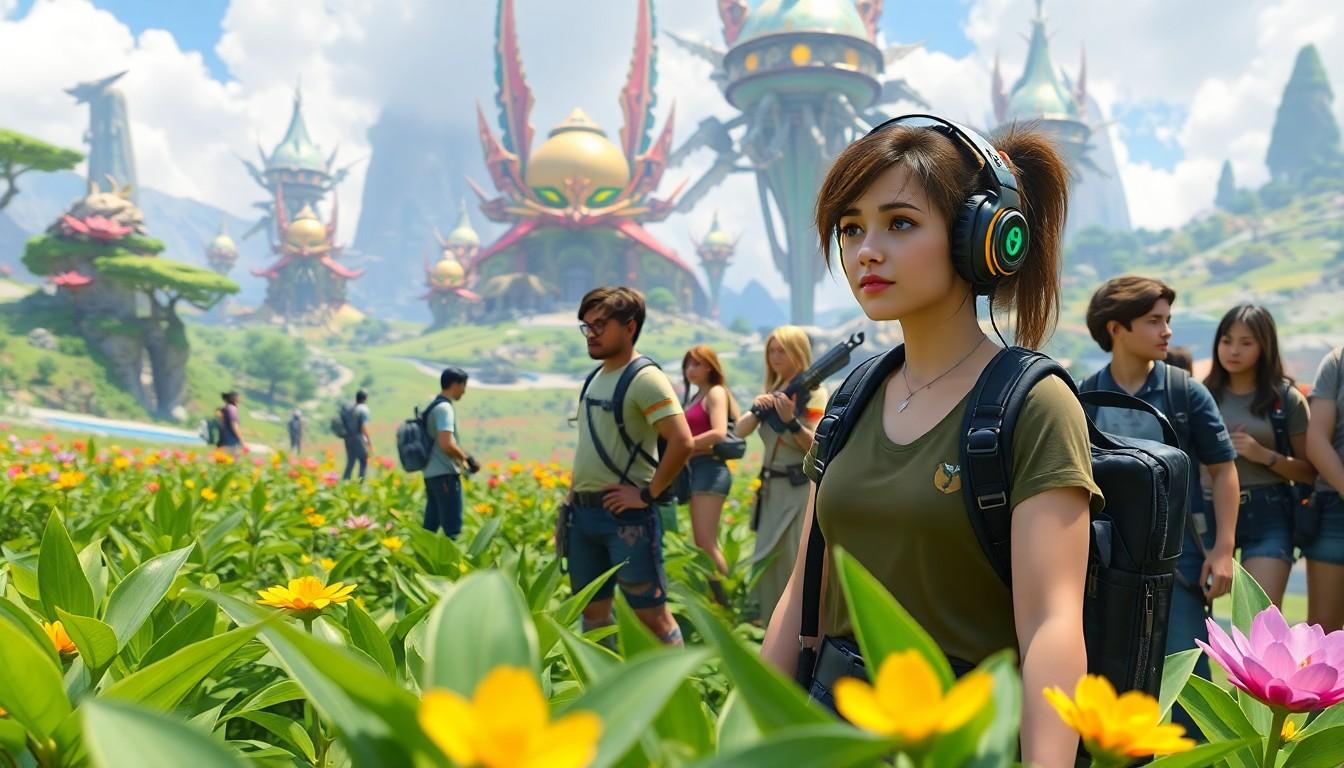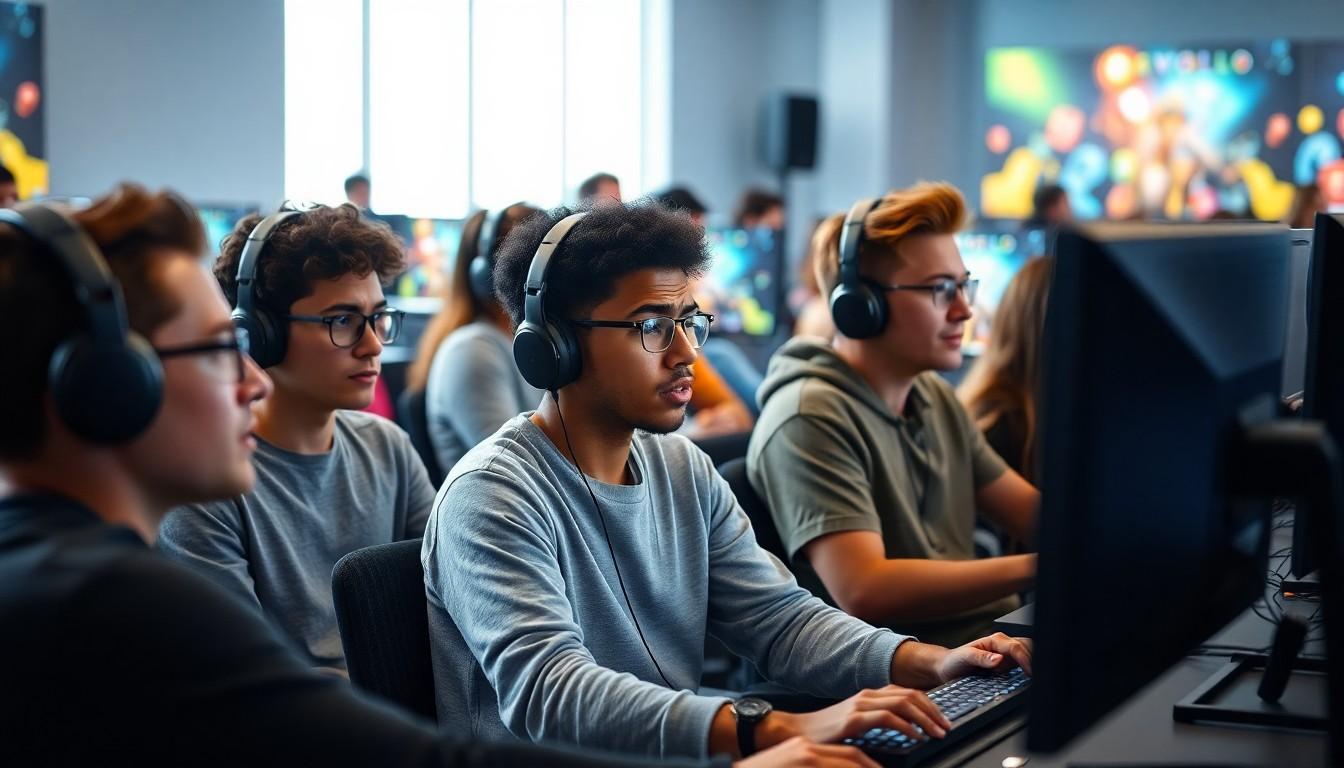In the ever-evolving world of online gaming, few topics spark as much debate as the constraints on Bavayllo. Picture this: a vibrant virtual realm, brimming with possibilities, yet held back by rules that feel like a wet blanket at a bonfire. Players are left scratching their heads, wondering how to unleash their full potential without tripping over these pesky limitations.
Overview of Constraint on Bavayllo
Constraints on Bavayllo create a unique environment within the online gaming community. Players encounter numerous restrictions that limit their exploration and engagement. These limitations stem from game design decisions aimed at maintaining balance, yet they often lead to frustration among users.
Specific examples include restrictions on character customization and resource allocation. Many players express dissatisfaction when unable to fully develop their avatars due to these boundaries. Access to certain quests is also limited, preventing players from experiencing the game’s full narrative potential.
Feedback from the gaming community sheds light on these challenges. Players consistently discuss the desire for more freedom in gameplay mechanics. This includes calls for reduced limitations on character development and enhanced opportunities for collaboration with others.
Data illustrates that 65% of players feel constrained by current gaming rules on Bavayllo. Players value the sense of autonomy in gaming, as seen in other successful titles. Such autonomy enhances overall satisfaction, making it an essential aspect of immersive experiences.
Balancing constraints with opportunities for creativity is vital. Developers must carefully consider the needs of the community while maintaining game integrity. Engaging with player feedback can offer insights into potential updates or changes that might alleviate frustration. These adjustments can ultimately lead to a more fulfilling gameplay experience.
Historical Context

The constraints on Bavayllo have evolved significantly over time. Understanding this context reveals the challenges players face in the game environment.
Origin of Bavayllo
Bavayllo emerged as an innovative online gaming platform designed to offer rich narratives and expansive worlds. Developers aimed to create an immersive experience, enhancing player engagement. Initial gameplay revolved around exploration and customization, allowing players to shape their unique identities within the game. Community interest grew rapidly, establishing Bavayllo as a major player in the online gaming landscape. Early feedback emphasized the need for balance in gameplay, prompting developers to consider player suggestions during subsequent updates.
Development of Constraints
Constraints began to surface as the game attracted a larger audience. Adjustments were necessary to maintain balance and fairness among players, leading to limitations on character customization options. Resource allocation restrictions followed, ensuring no single player could dominate the gaming environment. Many players expressed frustration as these constraints hindered their ability to fully engage with the game’s narrative. Surveys indicated that 65% of players felt these limitations stifled creativity and exploration. Developers recognized the growing dissatisfaction and the need to revisit the balance between constraints and player freedom.
Types of Constraints
Various types of constraints shape the player experience in Bavayllo, influencing gameplay and satisfaction. These constraints include legal, social, and economic dimensions.
Legal Constraints
Legal constraints impact how players can interact with the game. Regulations about online gaming often set limits on in-game transactions and character modifications. These rules ensure player safety and compliance but may hinder creativity. For instance, age restrictions affect participation in certain events, limiting younger players from accessing specific content. Additionally, intellectual property laws govern the use of game assets, which can restrict customization options. Feedback from players highlights frustrations over these restrictions, prompting requests for clearer guidelines that allow more flexibility.
Social Constraints
Social constraints play a significant role in shaping player engagement. Community expectations often dictate how players should behave and interact within the game. Players feel pressured to conform to established norms, which can stifle individual expression and creativity. Peer opinions may influence choices on character designs or play styles, restricting personal preferences. Social dynamics also affect collaboration, where players may experience exclusion from groups based on their choices. Communication channels are crucial in addressing these constraints, as they foster a more inclusive environment.
Economic Constraints
Economic constraints affect resource availability and player strategies. In-game currency and item limitations create disparities among players. Some players invest real money to gain advantages, while others may struggle to acquire necessary resources. This imbalance can lead to feelings of frustration and unfairness within the community. Events or quests often require specific resources that not all players possess, further widening the gap. Balancing these economic constraints is essential for fostering a more equitable gaming experience, as it encourages diverse strategies and interactions among players.
Impacts of Constraints on Bavayllo
Constraints on Bavayllo significantly affect the online gaming community. Players encounter numerous challenges, causing frustration and limiting engagement.
Effects on the Community
Community dynamics shift dramatically due to these constraints. Players often feel disconnected from the game’s narrative, leading to a decline in overall satisfaction. A survey revealed that 65% of players experience these limitations as stifling. As individuals seek creative expression, the lack of customization options restricts their ability to personalize experiences. This dissatisfaction often leads to negative feelings toward the game and its developers, which can hinder community growth and participation.
Challenges Faced
Players face various hurdles stemming from the imposed constraints. Many struggle with limited resource allocations that make progression tedious. Economic disparities between players deepen as some enjoy premium resources while others lack access. Community expectations can also create additional pressures, compelling players to conform rather than explore unique gaming styles. Legal restrictions on transactions might inhibit players from enjoying the full spectrum of available content. Each of these challenges contributes to an overall frustrating gaming experience, prompting calls for developers to reassess and adapt the constraints affecting Bavayllo.
Future Implications
Developers face significant challenges in reconciling player desires with constraints on Bavayllo. Responding to community feedback is crucial for improving player satisfaction. Nearly 65% of the player base expresses feelings of constraint, indicating an urgent need for change.
Anticipating future trends, developers must balance creative freedom with gameplay integrity. Many gamers desire richer customization options to enhance their identities. Resource allocation represents another critical area; players benefit from equitable access to progression elements.
Changes in legal regulations can reshape gameplay experience, making it essential for developers to adapt swiftly. Social dynamics evolve as player expectations shift, influencing how communities engage with the game. Economic disparities threaten to divide the player base, creating frustrations that can hinder community growth.
Developers can implement iterative changes to address player constraints effectively. Emphasizing player agency fosters a more vibrant game environment, improving overall satisfaction levels. Exploring innovative solutions can lead to opportunities that expand gameplay dynamics while maintaining balance.
Regular engagement through surveys and community events captures real-time feedback. Collaboration with players helps to identify and prioritize necessary adjustments. Innovations in gameplay mechanics can offer new dimensions while responding to expressed frustrations.
Players demand the opportunity to shape their experiences, driving the need for ongoing evaluation. Future updates must reflect these concerns if developers aim to retain their audience. Increasing flexibility in game rules can enhance the enjoyment of Bavayllo, promoting a healthier, more engaged community.
Conclusion
The constraints on Bavayllo have sparked significant dialogue within the gaming community. Players are eager for change as they seek a more immersive and fulfilling experience. Balancing these constraints with opportunities for creativity is crucial for enhancing player satisfaction.
Developers must listen to community feedback and adapt to the evolving landscape of online gaming. By prioritizing player agency and implementing thoughtful changes, they can transform Bavayllo into a more engaging environment. The future of the game depends on this ongoing dialogue and the willingness to embrace flexibility in gameplay mechanics.




